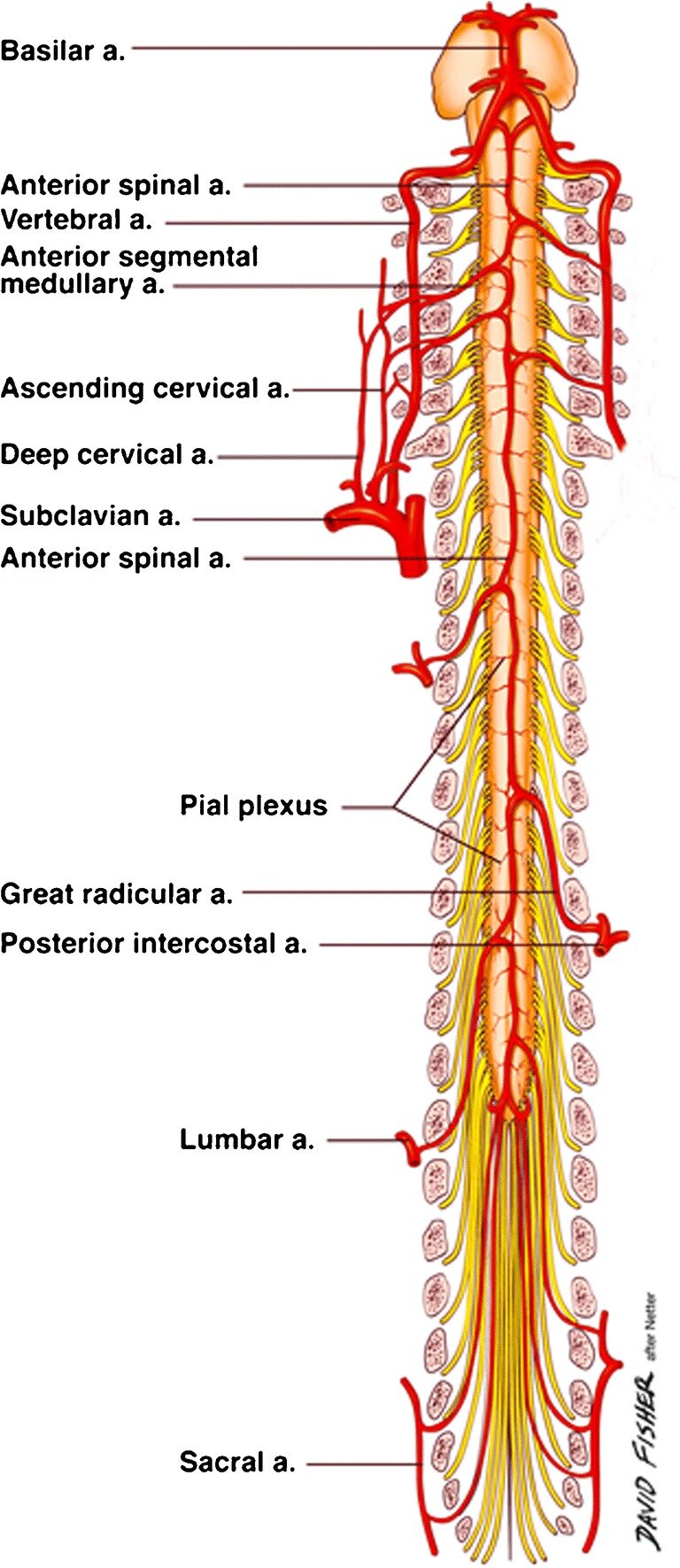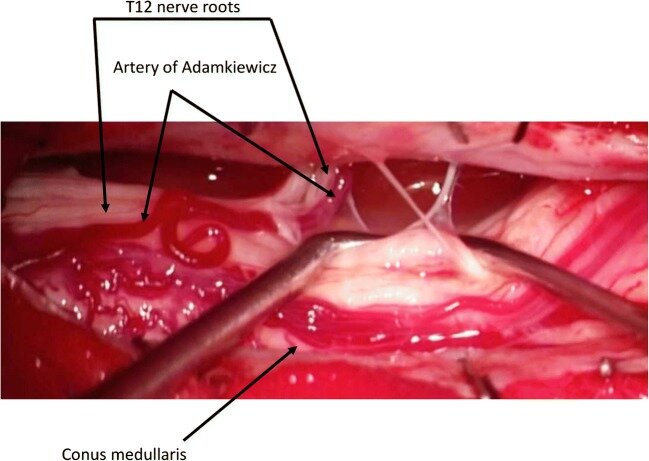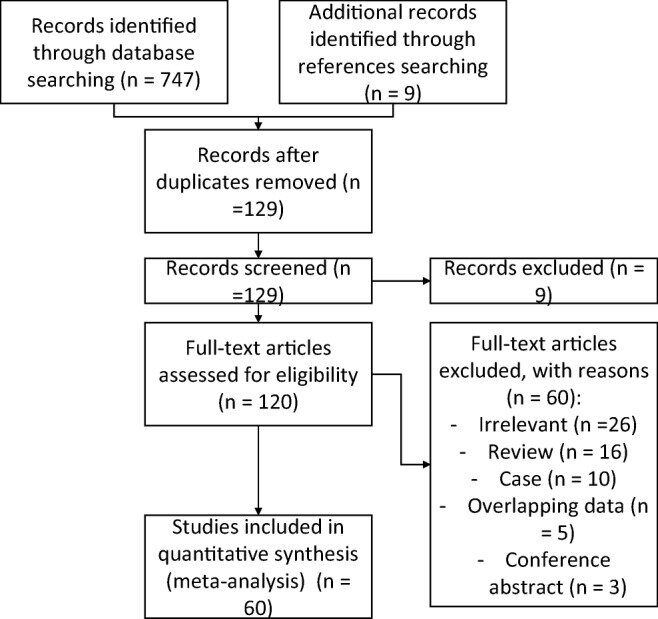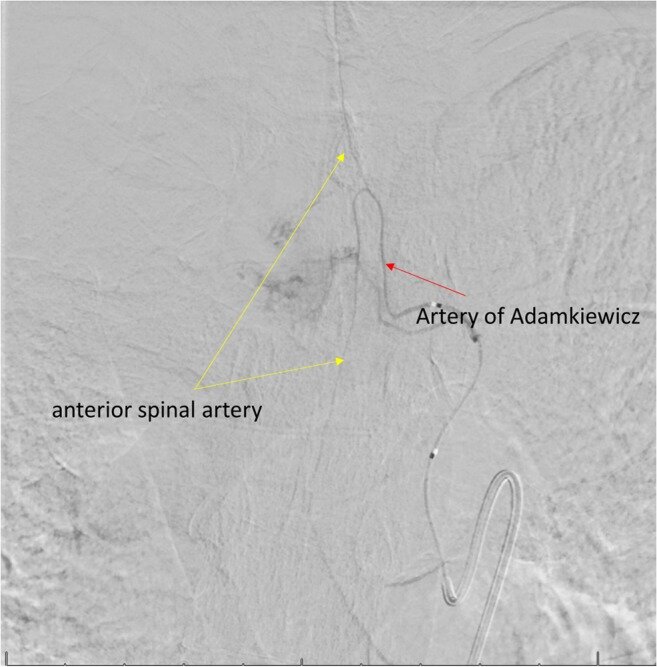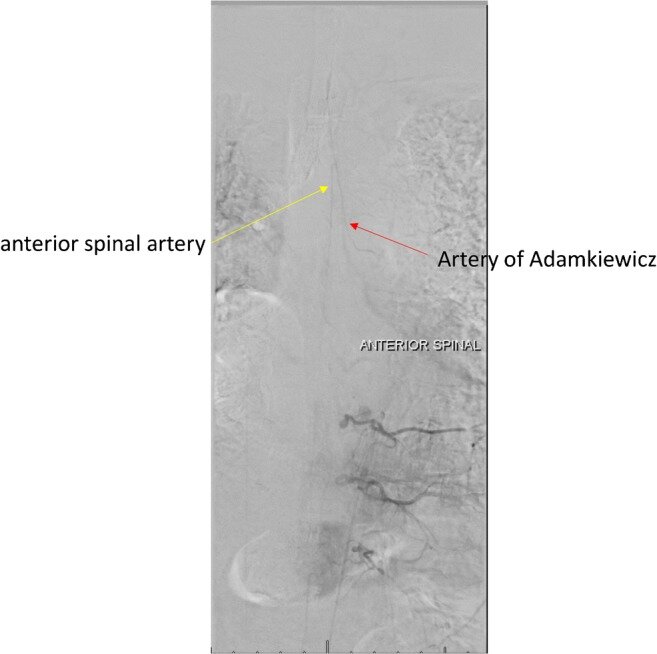World Neurosurg. 2019 Oct;130:e722-e725. doi: 10.1016/j.wneu.2019.06.203. Epub 2019 Jul 5.
Schmitt PJ, Altafulla JJ, Kikuta S, Dupont G, Iwanaga J, Monteith S, Litvack Z, Dumont AS, Tubbs RS.
Abstract
OBJECTIVE:
Posterior circulation strokes account for over one quarter of all ischemic strokes. The frequency of vertebral artery origin stenosis (VAOS) in patients with vertebrobasilar insufficiency (VBI) has been estimated to be as high 26%-32%, and VAOS is the direct cause of posterior circulation strokes in 9% of patients. This association could have a significant genetic component. This study examines the feasibility of the internal thoracic artery (ITA) as a donor vessel for revascularization in patients with VAOS.
METHODS:
Ten sides from 5 fresh-frozen white cadaveric necks derived from 3 women and 2 men were used in this study. The mean age of the cadavers at death was 77.2 years (range, 68-88 years). The subclavian artery, vertebral artery, and ITA were dissected. The length and diameter (proximal and distal) of the V1 segment and the length and diameter of the ITA were recorded. Finally, the ITA was transposed to the V1 segment of the vertebral artery (VA1).
RESULTS:
The mean length of the VA1 and its diameter at the proximal and distal parts were 35.51 and 3.69 mm, respectively. The mean length and diameter of the ITA were 26.53 and 3.27 mm, respectively. Rerouting the ITA to the VA1 was feasible without tension on all sides.
CONCLUSIONS:
This study indicates that the ITA is anatomically and hemodynamically an excellent option for bypass surgery in a VAOS scenario. We present convincing and reproducible data to aid neurosurgeons in choosing the procedure best suited to their patients.
Copyright © 2019 Elsevier Inc. All rights reserved.
KEYWORDS:
Internal mammary artery; Revascularization; Transposition; V1 segment; Vascular



